Arts & Entertainment
Emily Saliers talks solo work in advance of Birchmere show
Longtime Indigo Girls’ singer/songwriter says time was right for groove-based album
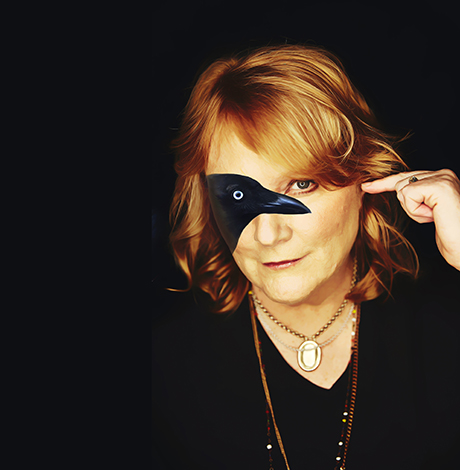

Emily Saliers is touring her debut solo album with a surprisingly elaborate band and stage show. (Photo by Jeremy Cowart)
Emily Saliers
‘Murmuration Nation Tour’
With Lucy Wainwright Roche
Wednesday, Oct. 11
The Birchmere
3701 Mount Vernon Ave.
Alexandria, Va.
$29.50
Thirty years and 14 studio albums into the Indigo Girls, Emily Saliers has released her first solo album, and even she acknowledges the artistic paradox.
“What’s a 53-year-old woman doing making her first solo record,” she says with a laugh. Although the Indigo Girls are alive and well — bandmate Amy Ray has released five solo albums and is working on a sixth — Saliers says it was a chance to pursue some of the more soul- and groove-oriented music she grew up with. “Murmuration Nation” came out in August. She’s touring it now and plays the Birchmere on Wednesday, Oct. 11. Her comments have been slightly edited for length.
WASHINGTON BLADE: How does it feel to finally have a solo album out?
EMILY SALIERS: Well, it’s great. I’ve been talking about it for a long time and even when I found (producer) Lyris Hung … it still took three years so it was like a real labor of love. … Sometimes you look at a CD and you think, “This is holding all that time and all that work and all that stuff,” and it’s a weird feeling but the response to the album so far has been overwhelmingly positive so I feel great about that.
BLADE: The Indigo Girls’ fan base is known to be highly loyal so is that a built-in audience for this or do you feel like you have to prove yourself somewhat?
SALIERS: I don’t have to prove myself. I just think the album is fairly different from anything Amy and I have done together in the same way that some of her records are very different from what we’ve done together. … I can’t just assume poeple will find out about it and get tickets to the show and stuff like that. … Without the Indigo Girls I wouldn’t have any solo record out … but still a lot of groundwork needs to get done to reach out and get people to listen to it.
BLADE: You talk about this being a more groove-oriented album. How hard is it to come up with a compelling groove or loop and which comes first — the music or the lyrics?
SALIERS: It’s not hard. … I could just pick up an Apple loop off my Logic program and just run that loop for five minutes and just start writing guitar parts to it and then a song gets born. A lot of the songs were written that way. They started with a loop or a beat and then that rhythmic pulse helped write the song. A few things that were written on guitar, Lyris said, “OK, we’re gonna take the guitar out of this and do this instead.” … I don’t sit down and go, “OK, I’m gonna write about guns in America right now.” I sit down and get a beat and find the chords and then the subject matter comes.
BLADE: Will you do some Indigo Girls songs on this tour too? You can’t really fill a whole show with just one album.
SALIERS: We’re gonna do mostly songs from the album. It’s a full band and a friend who’s a filmmaker has created some video images so it’s sort of a full sensory experience. A section of the show will probably be Indigo Girls songs that I’ve written, maybe acoustic, but we haven’t fully hammered that out yet. But the real purpose of the tour is to play the solo music.
BLADE: It feels like such a weird time in this country. You’ve been on the road some with Amy this year. Does it feel different at the shows or do people kinda wanna leave that at the door and just enjoy the concert?
SALIERS: It’s perceptibly different. From the first show we played after the election, it was palpable and there’s a real sense of anxiety among our fans but also a sense that we need music to galvanize us and to make us feel good. It’s a crazy fucking time in this country and not just a little — it’s a lot. It almost feels cosmic with the terrible storms, the earthquakes. We’ve been getting huge reactions to songs like “Pendulum Swinger” and “Rise of the Black Messiah.” … This country — it’s a bit of a tinderbox right now
BLADE: How much of your album was written by November?
SALIERS: All but one song. “Fly” was written in response to the election.
BLADE: When people yell out songs during the slightest lull in a concert, do you ever feel like saying, “Just chill — we have a set list?”
SALIERS: No. We try to honor as many of those as we can. We’ll look at the set list immediately and ascertain if there’s a spot where that song makes sense. Some we won’t do if they’re too rusty and we haven’t practiced them and sometimes we won’t do it if it’s something we’re tired of. Sometimes if we’re introducing something from our new album and somebody yells out, “Chickenman!,” we’ll say, “We’re gonna go ahead and do the one we were talking about.”
BLADE: The Indigo Girls were in our market in May for three shows with the NSO Pops. How did your symphonic shows come about and how were those dates?
SALIERS: D.C. was fantastic but after the third show, we were wiped because the symphony shows are the most intensive of all our performances. They’re one-offs, not typically tied to a tour, so we show up, meet the conductor, have a two-hour rehearsal and then we perform. You have to constantly be on your toes and it’s a different orchestra every time. The D.C. orchestra was phenomenal as you would expect. It got started because there’s an agency that puts artists together to arrange your songs and then you send the scores around and we got invited to do that and it’s been fantastic. … We’re doing a symphony album in 2018 that we recorded with the Colorado University Symphony so it’s become a very important part of what we do.
BLADE: Sometimes those arrangements for pop or rock acts are so lame and the orchestra is bored out of their minds. How do you feel yours turned out and was that a concern?
SALIERS: We worked with two different arrangers and then ended up sticking with this guy named Sean O’Laughlin and he’s just so creative and passionate. Amy and I both had long conversations with him about how he felt about the songs. … He put so much into them. … Often the conductor will say, “These are good arrangements, they’re interesting.” … We hired the right person.
BLADE: How many Indigo Girls songs do you have charts for now?
SALIERS: I think maybe 23. We usually do about 18 at one of those shows.
BLADE: The Indigo Girls have stayed fairly active in the studio while many other veteran acts just tour with nothing new out. Why is that important to you?
SALIERS: Yeah, I mean it’s true they’re expensive to make and nobody sells records anymore, even the type of top echelon of record-selling bands don’t really sell. We have to make a living touring, that’s just a reality, so it’s a good thing we love it and we never go out for too long. … We’re always excited to get back together and there’s always an internal push to create more new music. The only thing that keeps us from doing it more is busyness. … It just makes sense in the scope of a career to keep putting out new music.
BLADE: Do you think it’s lame with bands like the Dixie Chicks who just tour and tour and haven’t had anything new out in like 10 years?
SALIERS: Whatever anybody wants to do is fine. If people like it and they’re coming to your shows, I don’t really care. It’s just that for us, we know what keeps our fires burning and that is to create new music, to not be on the road all the time and to support each other’s independent projects. But whatever other bands want to do, I don’t have any judgement.
BLADE: How is your daughter?
SALIERS: She’s gonna be 5 at the end of November and she’s the light of my life. I never wanted to be a parent ’til I found the right person and it’s been a very happy marriage. We allow each other a lot of space and (wife) Tristin takes care of things when I go away and I take care of things when she’s involved in school or work. We love our kid and we have a really, really great life and I’m so grateful for it.
BLADE: You and Amy were so pioneering and were out when so few were in popular music. Have you ever had younger bands like maybe Tegan and Sara or whomever, tell you it was cool or inspiring that y’all were out so early?
SALIERS: I don’t recall that so much from other artists but we’ve had a lot of those conversations with fans. They’ll tell us personal stories about how the music carried them through a hard time when they were coming out or whatever and that’s really the most gratifying thing.
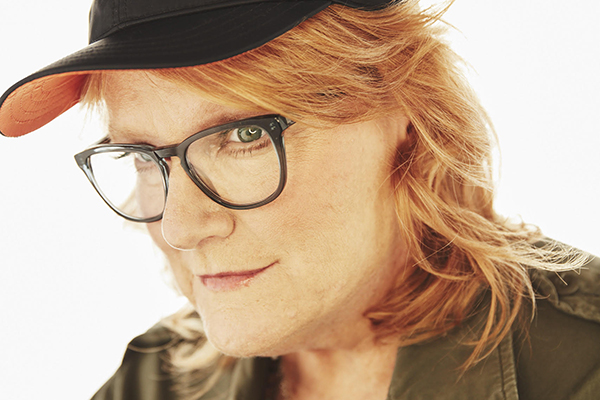
a&e features
Local, last-minute holiday gift ideas
Celebrate the season while supporting area businesses

The DowntownDC Holiday Market is bustling. Union Station is decked out with its annual Christmas tree. Washingtonians have wrapped their houses and apartment balconies with festive lights and holiday decorations. The holiday season is here. And with stockings to fill and empty space under the tree, Washington’s local shops and artists have plenty to offer.
Show your LGBTQ and D.C. pride with the Washington Blade’s annual holiday gift guide.
To embrace the holiday buzz: The Blanco Nwèl cocktail from Alchy Cocktails. This Caribbean eggnog is one of Alchy Cocktail’s seasonal holiday cocktails. The flavor profile is similar to coquito, a traditional Puerto Rican Christmas drink with a coconut base. As a queer and Caribbean-owned business, Alchy Cocktails has been based out of Washington since 2021. Blanco Nwèl is available in both cocktail ($24) and mocktail ($12) online and at a variety of holiday markets, including the Tingey Plaza Holiday Market, the Flea Market at Eastern Market, Union Station’s Main Hall Holiday Market, and more. ($24)

A spicy bite: Gordy’s Cajun Okra from Salt and Sundry. These spicy, tangy pickles pull on Southern Cajun-style flavors, packing a punch with paprika, cayenne, and more. Gordy’s is an LGBTQ-owned and Washington-based brand, making this gift an opportunity to support a local LGBTQ business straight from the jar. This pantry staple is available on Salt & Sundry’s website and at its locations in Union Market, Logan Circle, and its Georgetown holiday pop-up store. ($14)
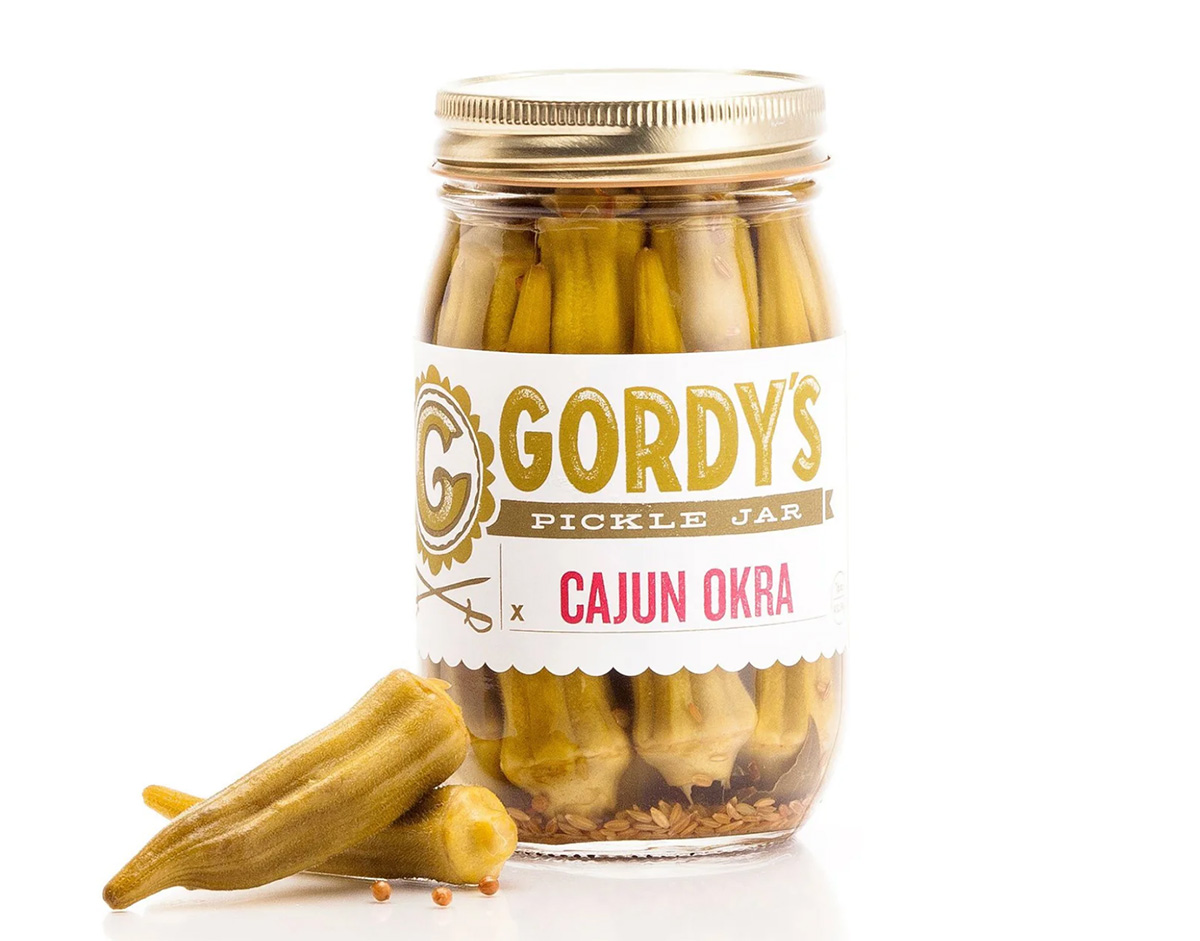

To celebrate Washington pride: The DC Landmark Tote Bag from The Neighborgoods. Native Washingtonians, visitors, friends and family alike will find something to love about this Washington-themed tote bag. Food trucks, the 9:30 Club, the Metro logo and pandas from the National Zoo are just some of the city’s landmarks depicted across the tote in a red, white, and blue color palette. The tote is a part of the DC Landmarks collection, which donates 10 percent of its sales to the American Civil Liberties Union. The Neighborgoods itself is a local, woman-owned business built out of a passion for screen-printing in 2013. The 100 percent cotton canvas tote is for sale online or at the DowntownDC Holiday Market. ($22)
To give friends and family their flowers: The Flowers Bandana from All Very Goods. This 100 percent cotton bandana was designed in Washington and hand printed in India. Its uniqueness comes in being covered with the faces of Black women, representing a “love letter to all women but especially Black women,” according to All Very Goods. The Black woman-owned and operated business, based out of Northwest Washington, has a mission to celebrate diversity and representation through its products. The bandana intends to give Black women their “flowers.” The Flowers bandana is available for purchase online. ($24)
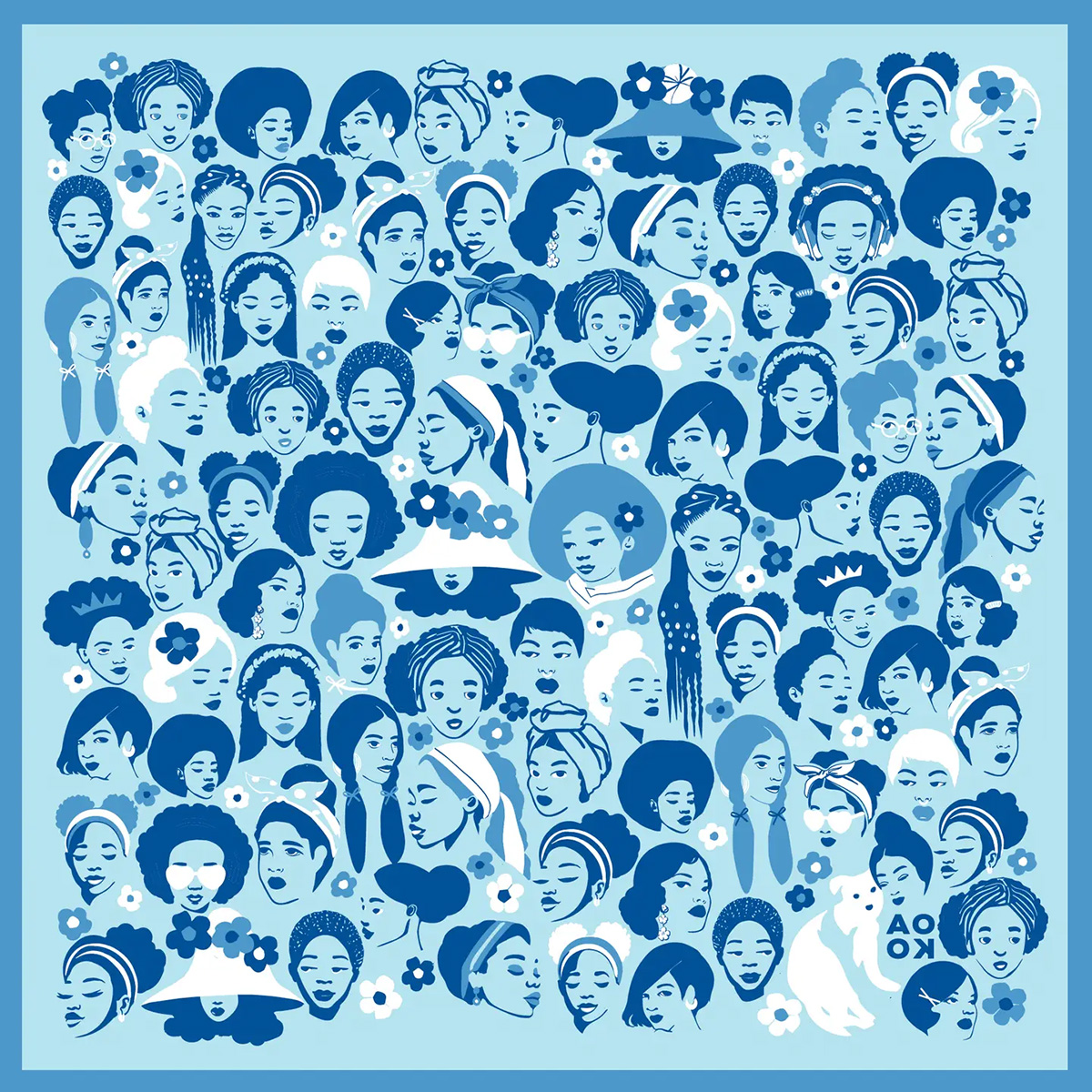
To unlock culinary creativity: The Curious Chef Gift Collection from Each Peach Market. This customizable collection of kitchen oddities — ranging from tinned fish to chili oil — is a quirky gift for the most inventive chefs. The collection is available in a Standard Santa, Extra Goodies and Super Holiday Size for up to $165. The Washington-based market, founded in 2013, permits customers to make the collection special by specifying what unique ingredients are packaged, including products made by local or LGBTQ brands. Each Peach Market offers assembly and pick up in-person at its Mount Pleasant shop and also offers local delivery and nationwide shipping via its website. ($85)

To give a touch of sweetness: The DC Landmark Chocolate Covered Oreo Holiday Cookies from Capital Candy Jar. Wrapped in a festive red bow, this box of nine cookies embraces love for Washington and the holiday season in one. Among the dark and milk chocolate covered cookies are images of the U.S. Capitol, the White House, the Lincoln Memorial, the Jefferson Memorial and festive hollies. The treat, packaged in a Hill East facility just a few blocks from the Capitol, is available for purchase online and at the DowntownDC Holiday Market. ($23.95)

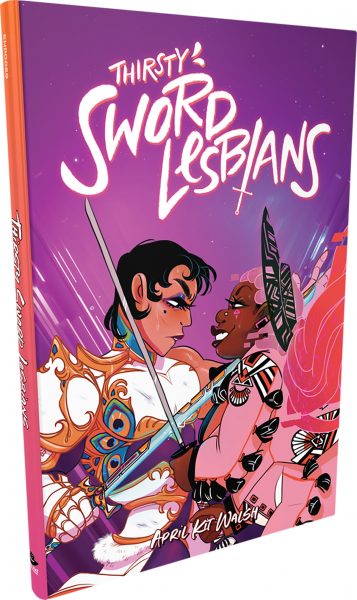
To celebrate queer gaming: Thirsty Sword Lesbians from Labyrinth Games & Puzzles. This roleplaying game embraces lesbian culture by unlocking a world of swords, romance, and battle. Ideal for group settings, the book presents a system of world building and character identities that are best brought to life by creative minds. Labyrinth, which has been a local Washington business for more than 15 years, celebrates non-digital fun through games and puzzles that connect the community. This gift is offered online and at Labyrinth’s Capitol Hill location. ($29.99)
To make a bold statement: The “Resist” T-shirt from Propper Topper. This locally screen-printed black tee features the Washington flag designed within a raised fist, symbolizing both Washington pride, and political resistance. The shirt is made exclusively by Propper Topper, a local Washington business that evolved from a hat shop to a gift store since opening in 1990. The tri-blend unisex shirt is available both for pickup at Propper Topper’s Cathedral Heights location and shipping via the online site. ($32)
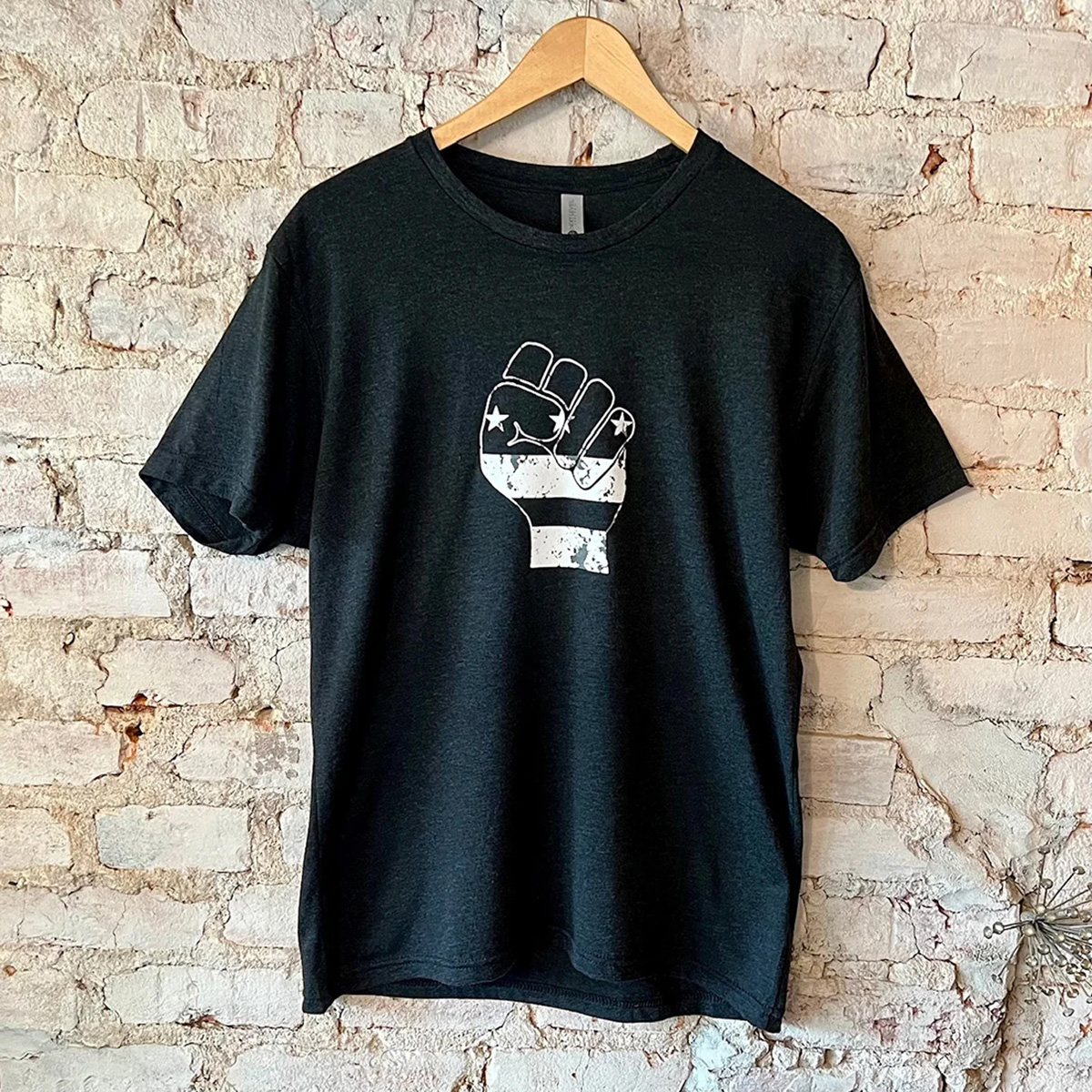
To keep it c(g)lassy: The Glass Ball earrings from Blue Moon Aquarius. Gifting can rarely go wrong when it comes to a new pair of earrings. The unique statement earrings — made of polymer clay, glass, and 18k gold plating over surgical steel — are hand cut, sanded and assembled in Washington, meaning each set is unique. Blue Moon Aquarius, a local brand, is known for its small batch jewelry and home decor designed with clay materials. Available in oxblood, hunter green, lavender, and bluestone color palettes, these earrings are available for purchase on Blue Moon Aquarius’ website and at the DowntownDC Holiday Market. ($48)
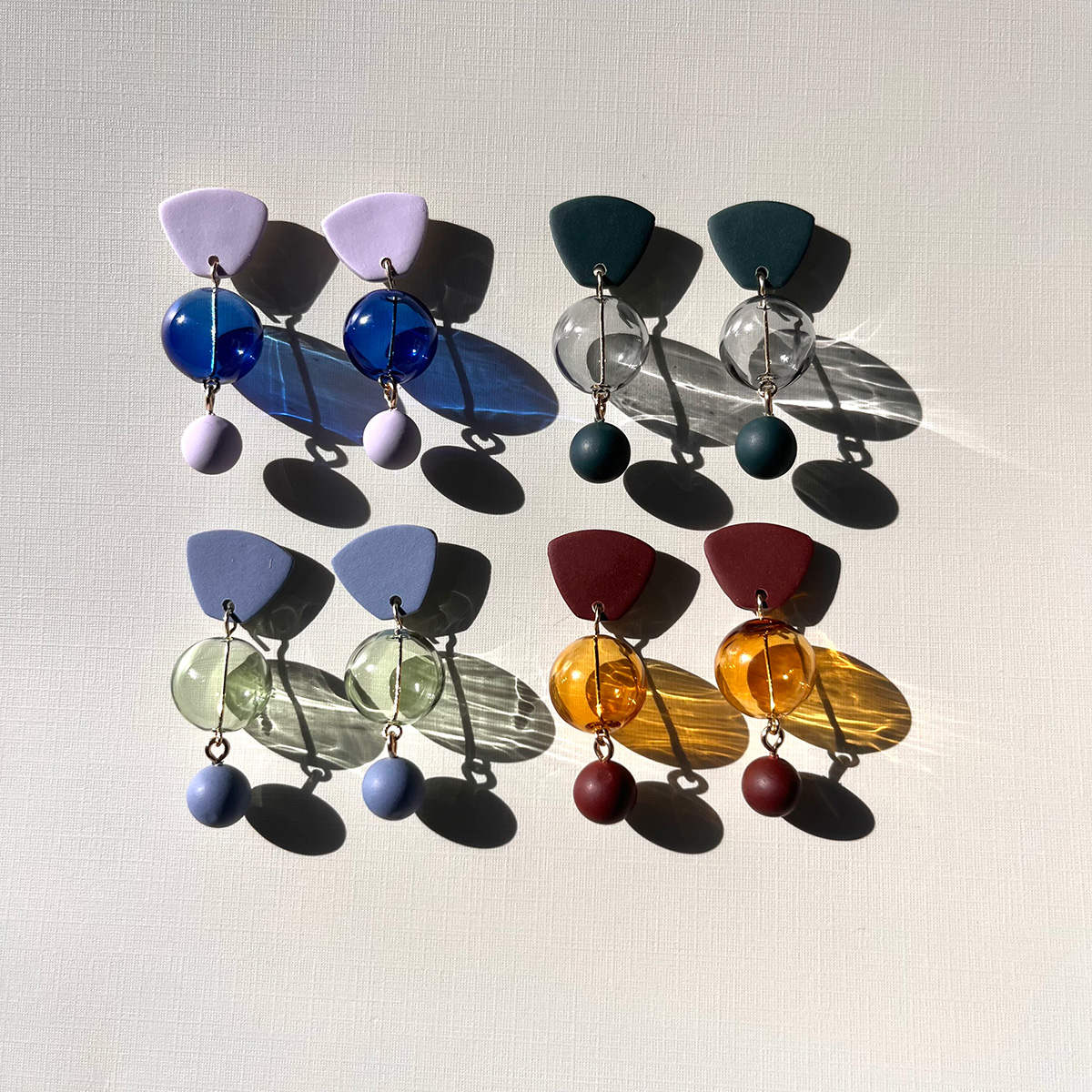
To elevate a holiday tea or charcuterie party: The Honey Flight: Tea Lover’s Selection from BannerBee. This local honey company presents the ideal gift to make cozying up with a cup of tea slightly more special. The Honey Flight contains three types of raw wildflower honey infused with fair trade Ugandan vanilla bean, chai spices, and locally sourced lemon thyme herb. The gift is also an opportunity to uplift a family company based in the Mid-Atlantic that offers all-natural, sustainable products. The flight is available online, at the DowntownDC Holiday Market or at the Arlington Courthouse and Dupont Farmers’ Markets. ($36)

For Baltimore shoppers: If you’re in Charm City, don’t miss Balston Mercantile, opened by a gay couple in June. Their gorgeous shop in the Hampden neighborhood offers an array of unique, upscale finds, from barware and artwork to cookbooks and home decor and more. (849 W. 36th St.)
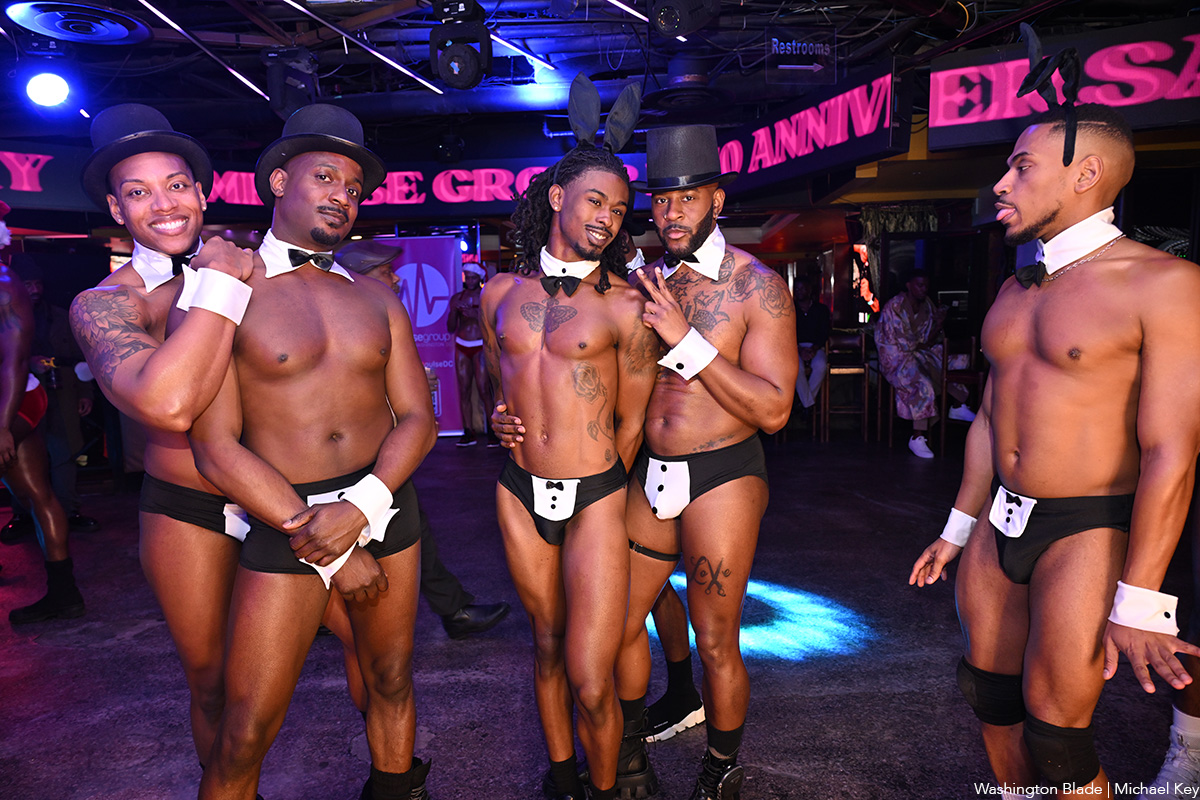
Impulse Group DC held “10’s Across the Board: A Celebration of 10 Years” at Bravo Bravo (1001 Connecticut Ave., N.W.) on Sunday, Dec. 14. Impulse Group DC is a volunteer-led 501(c)(3) and affinity group of AIDS Healthcare Foundation dedicated “to engaging, supporting, and connecting gay men” through culturally relevant health and advocacy work.
(Washington Blade photos by Michael Key)

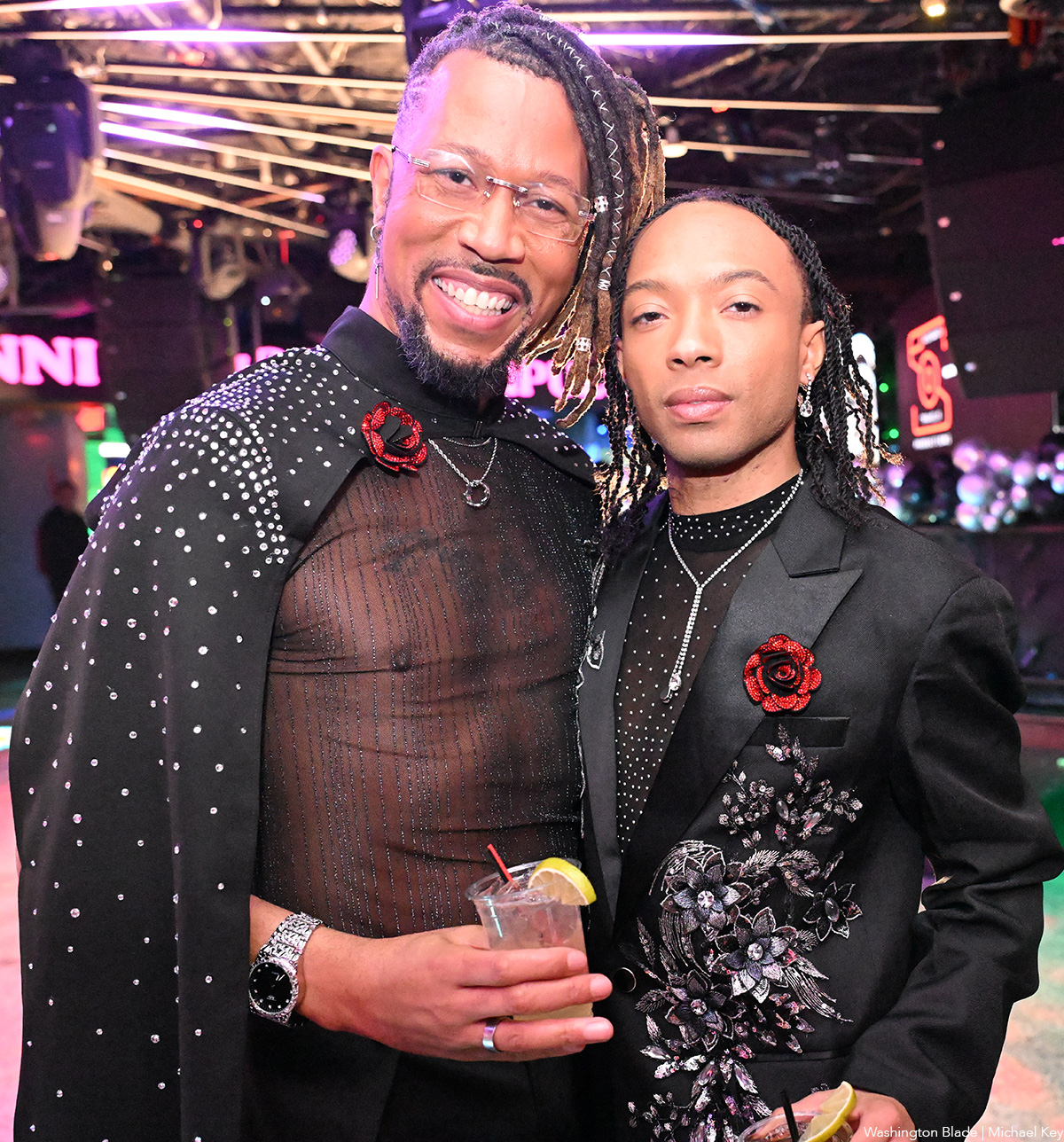
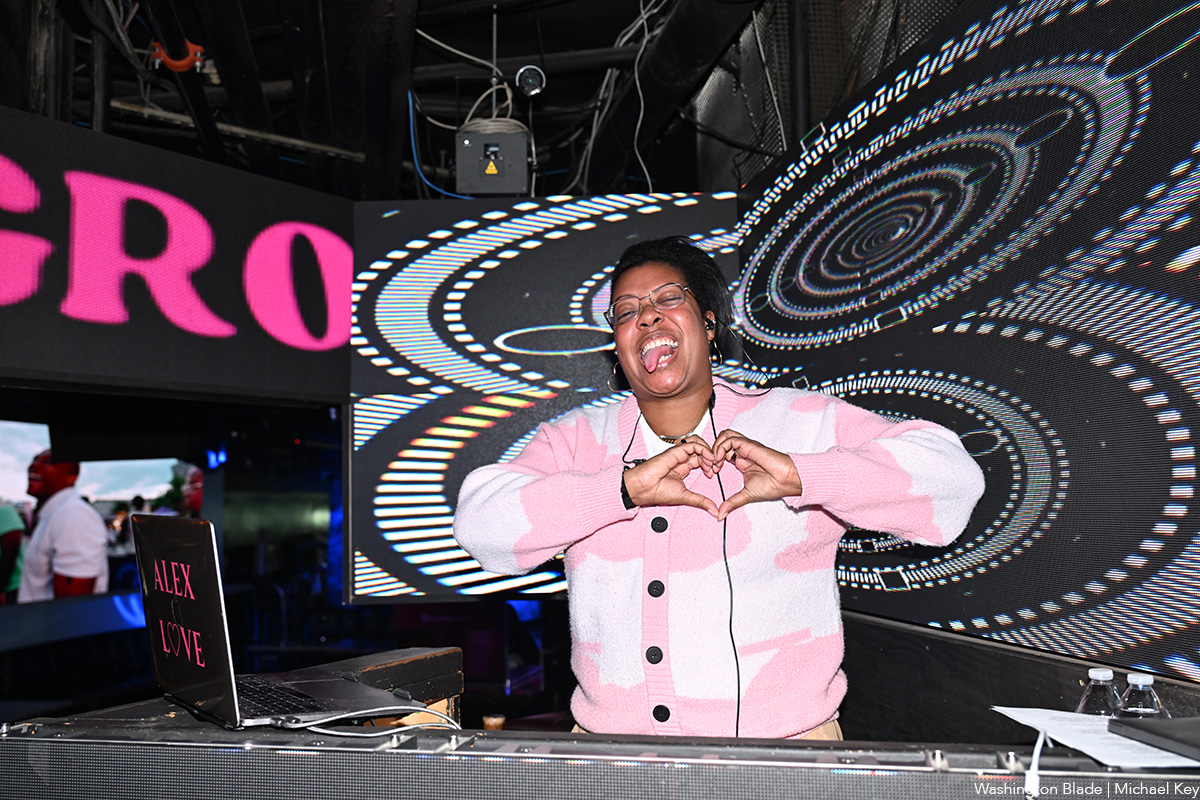
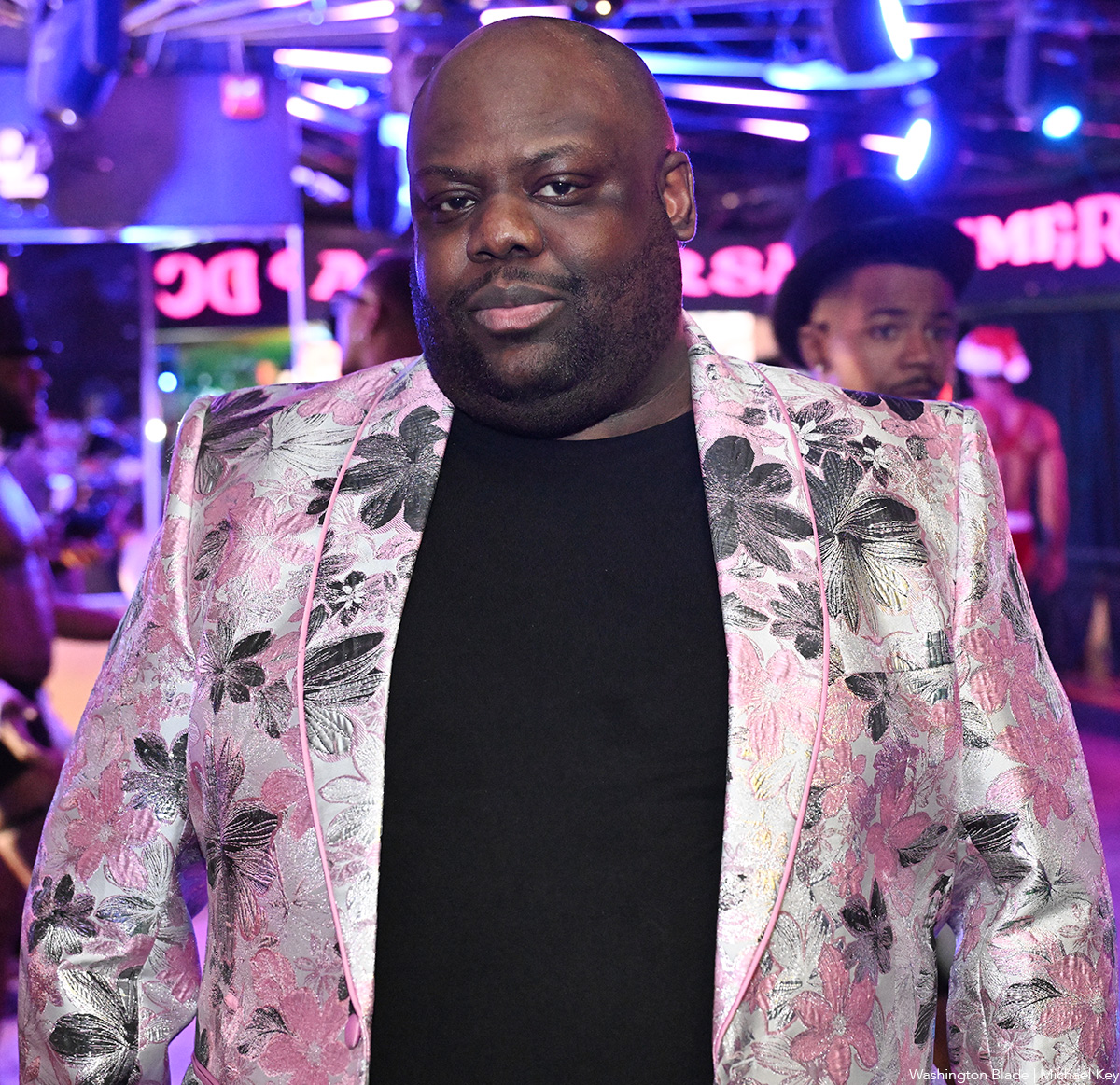
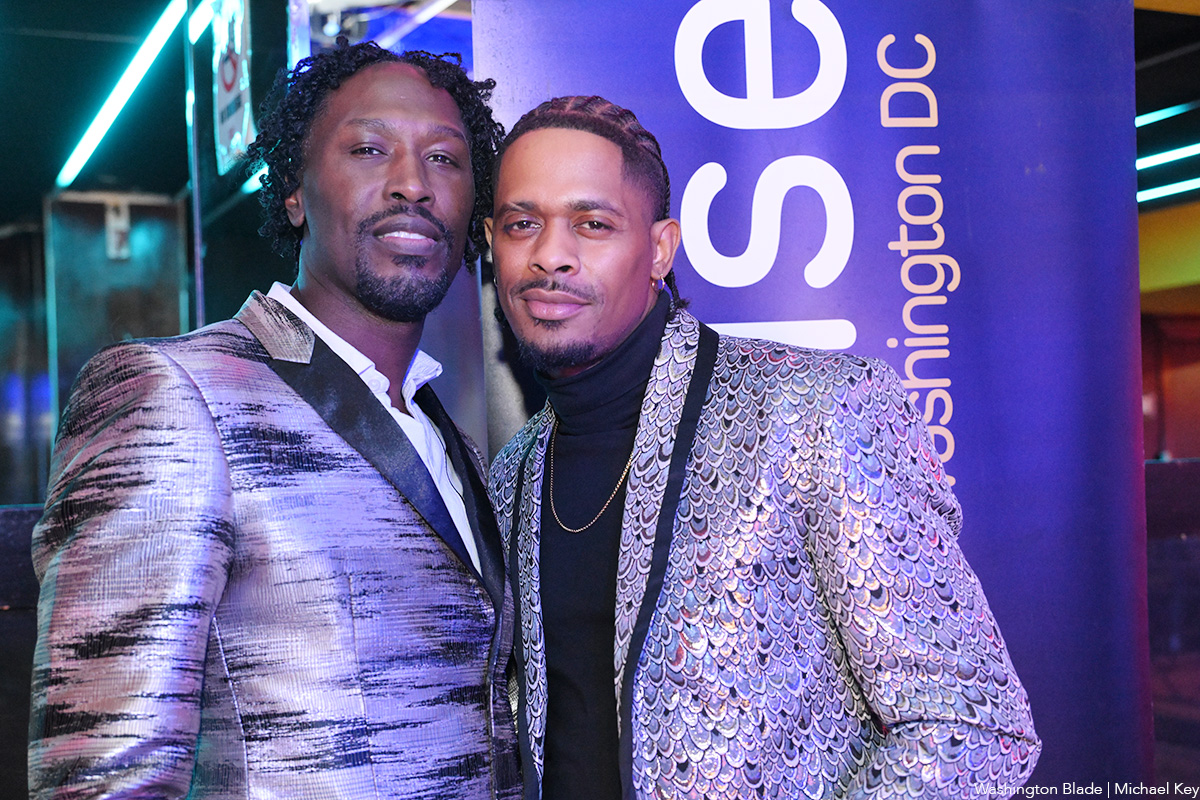
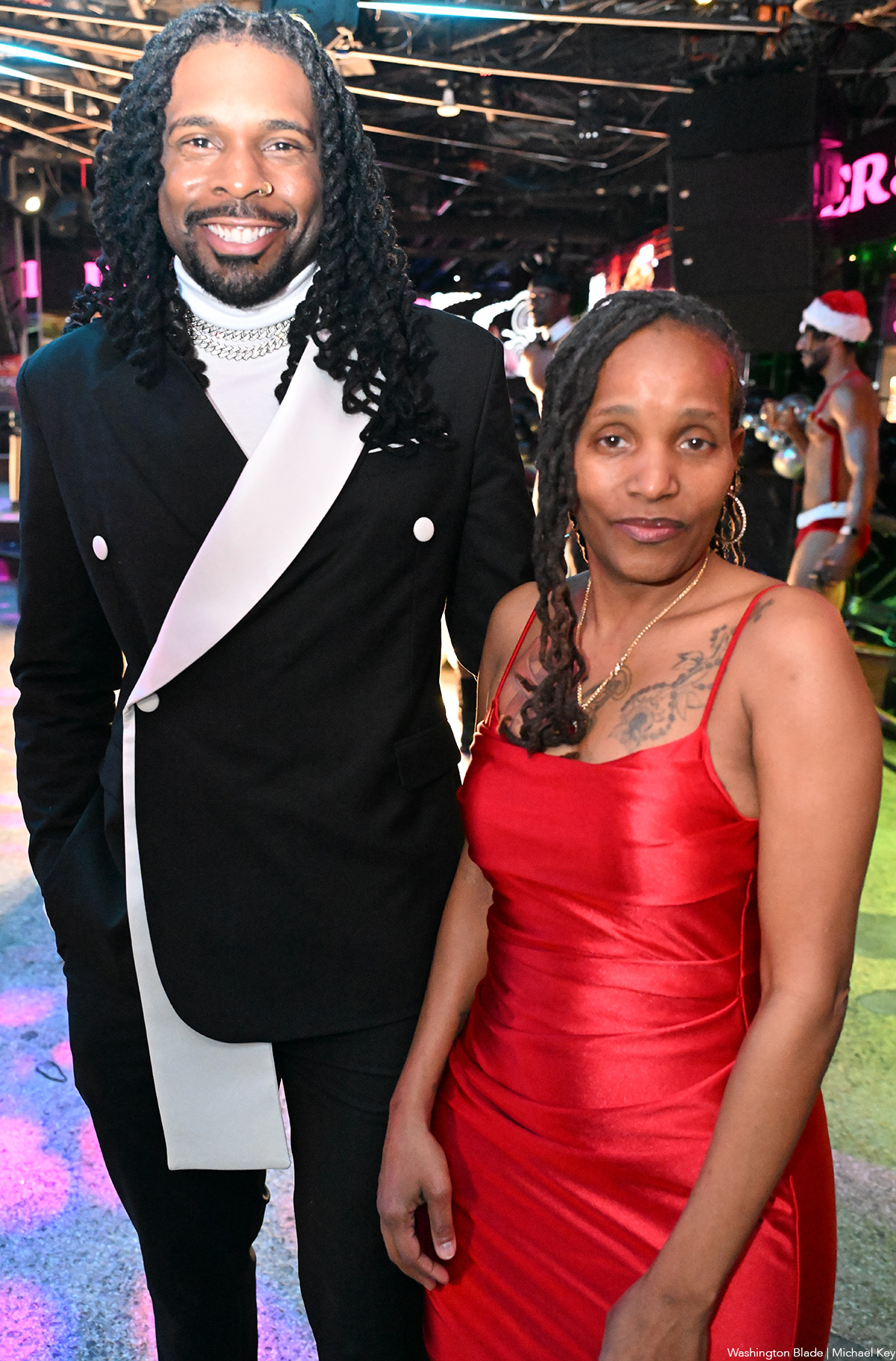
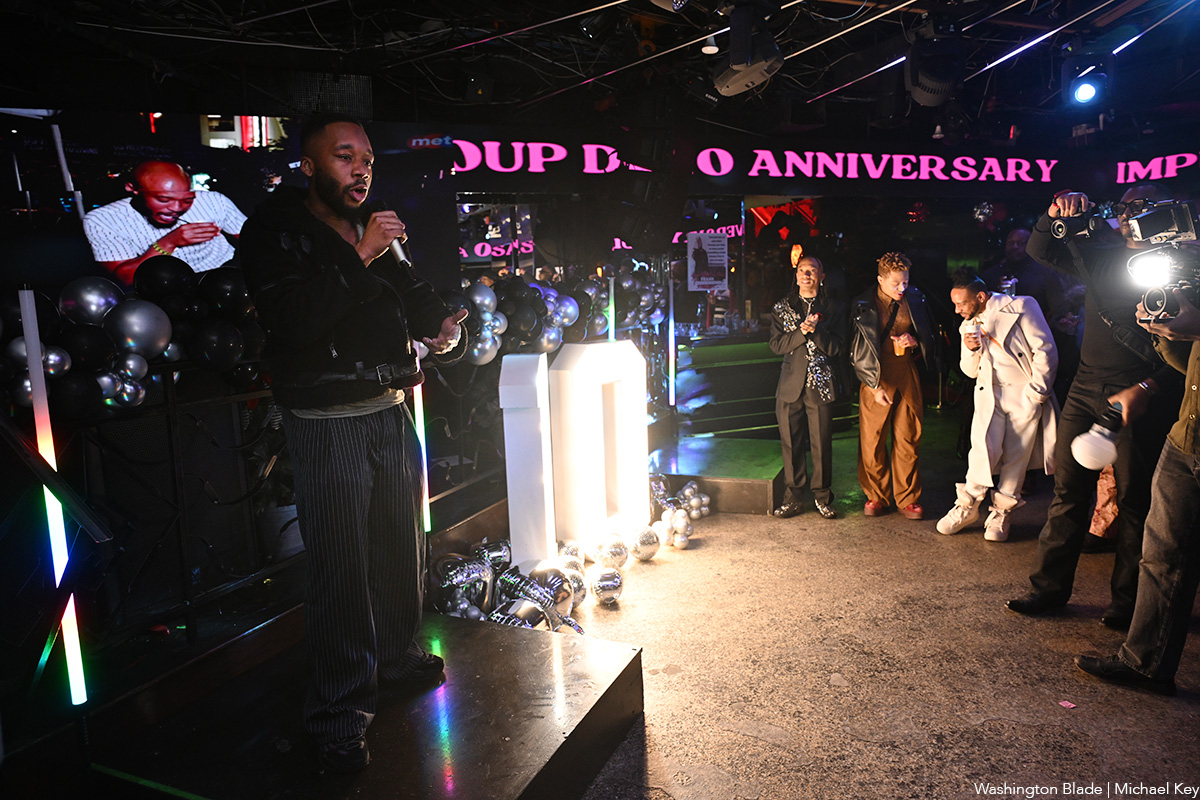
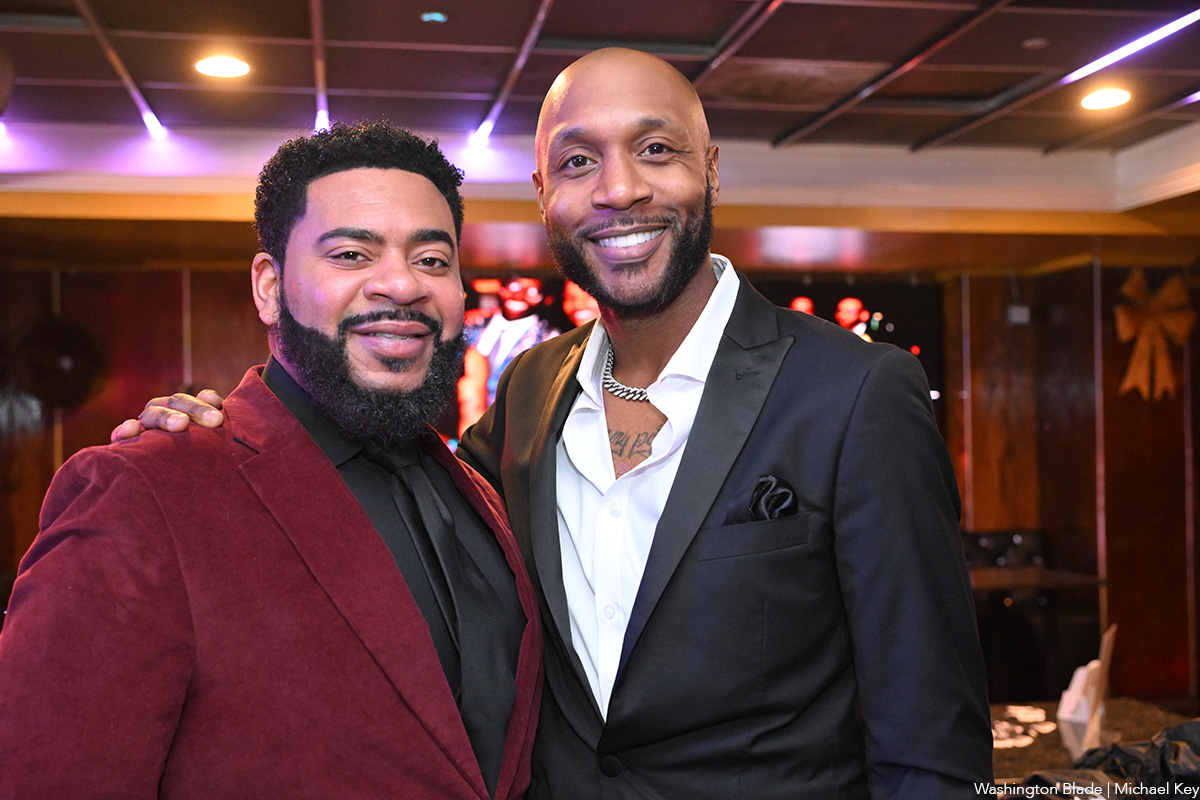
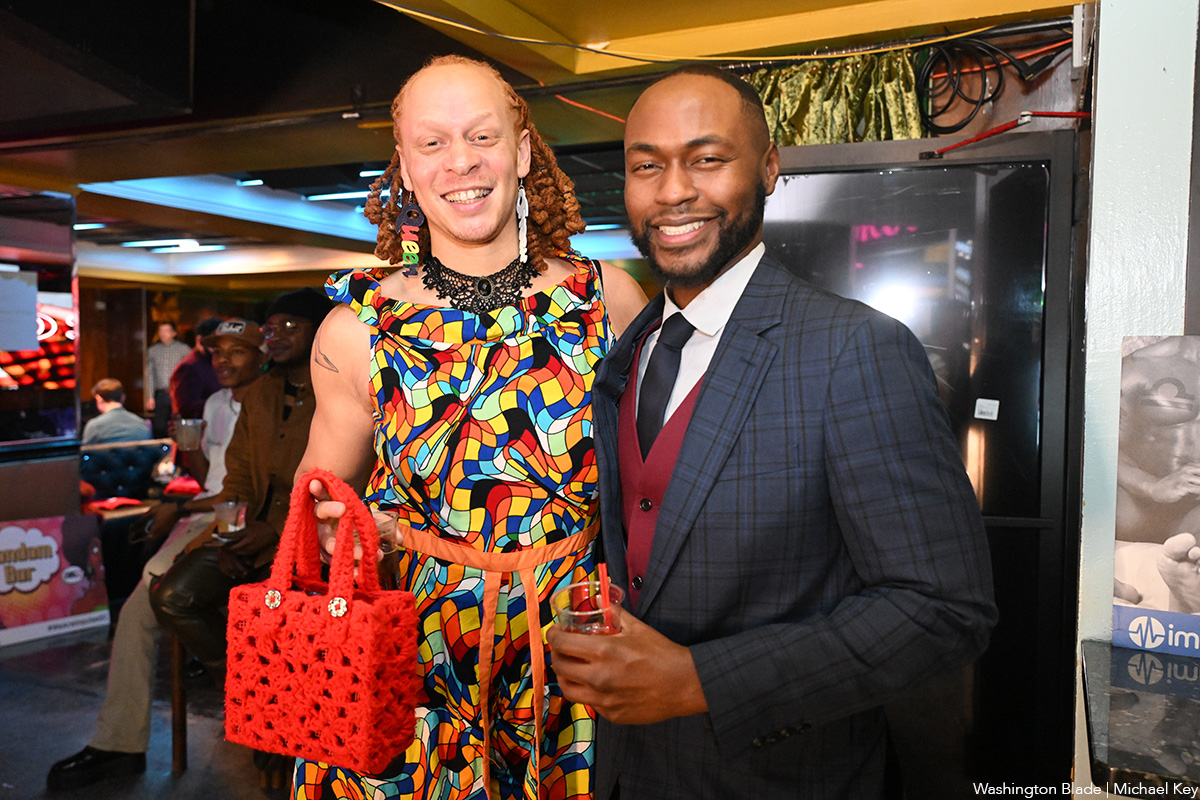
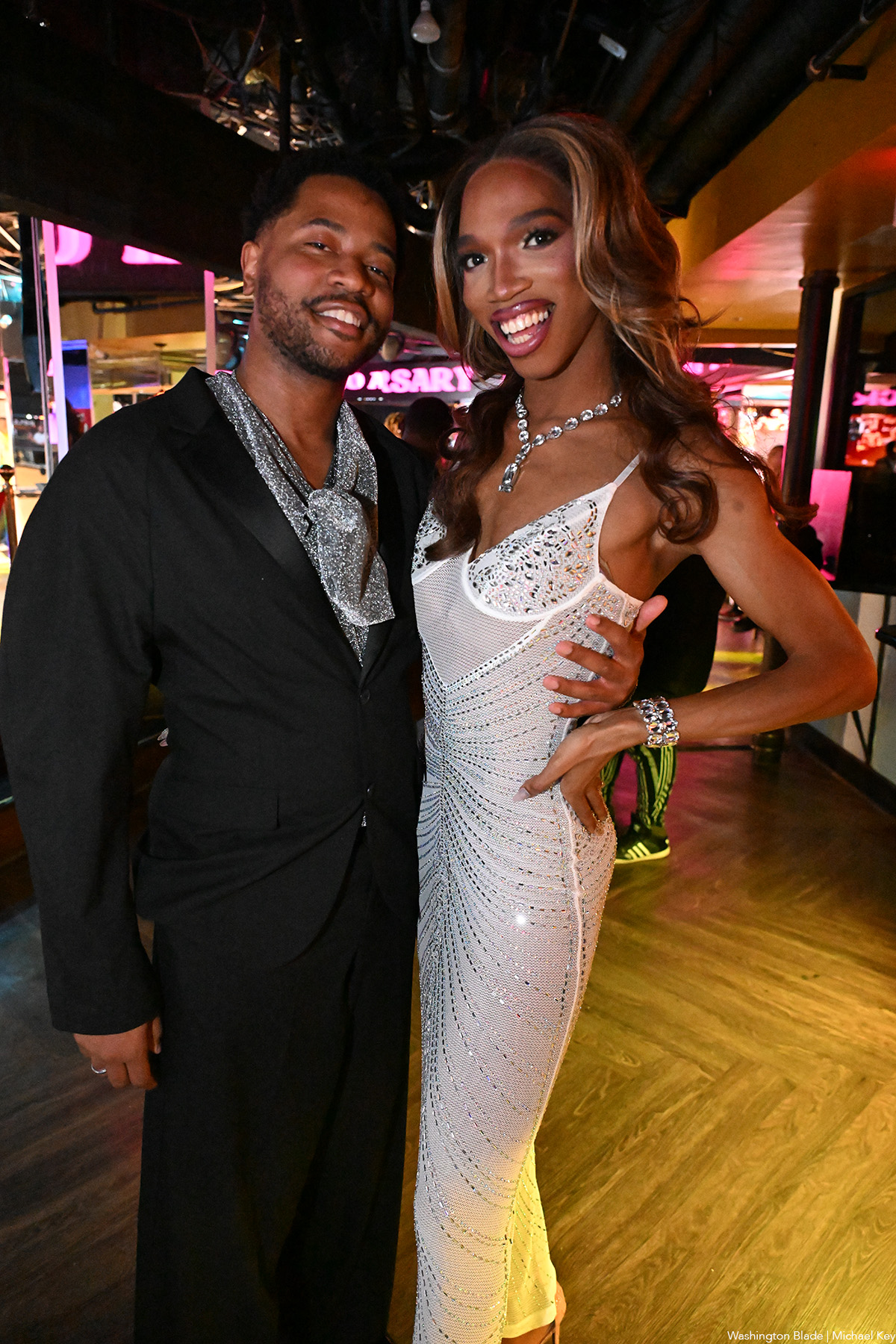
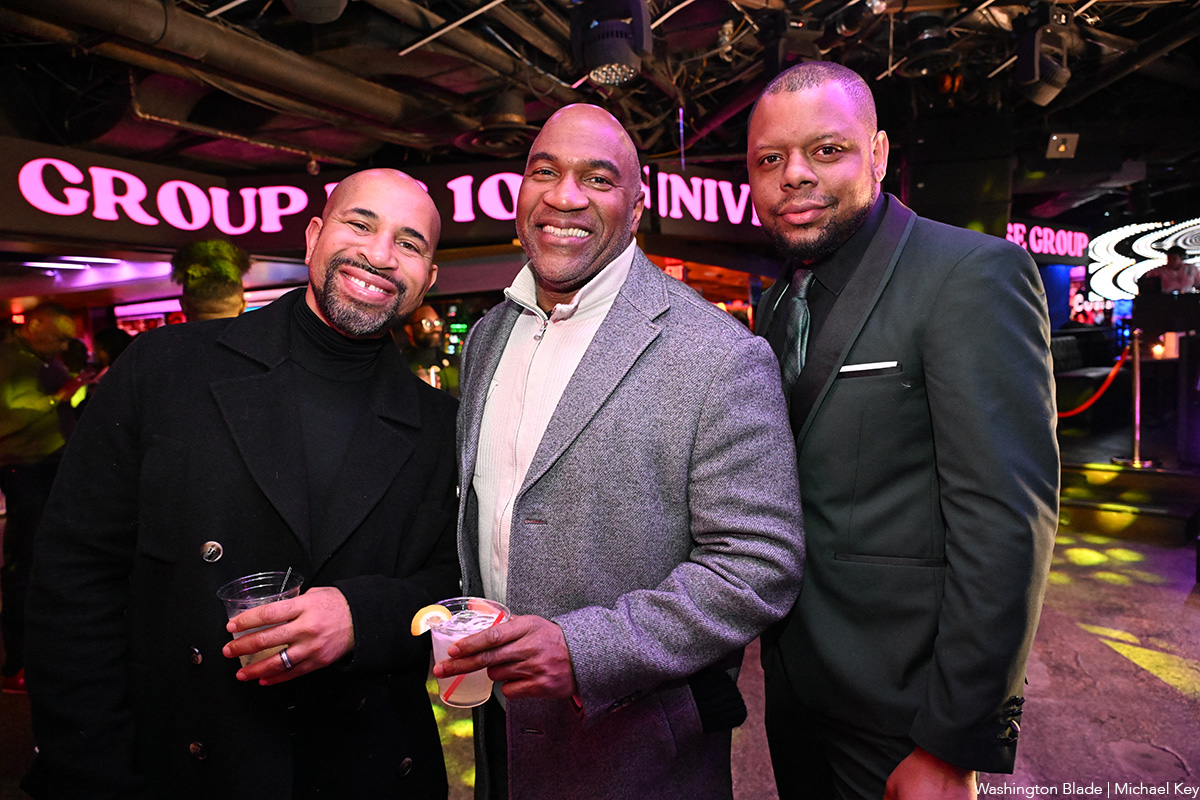
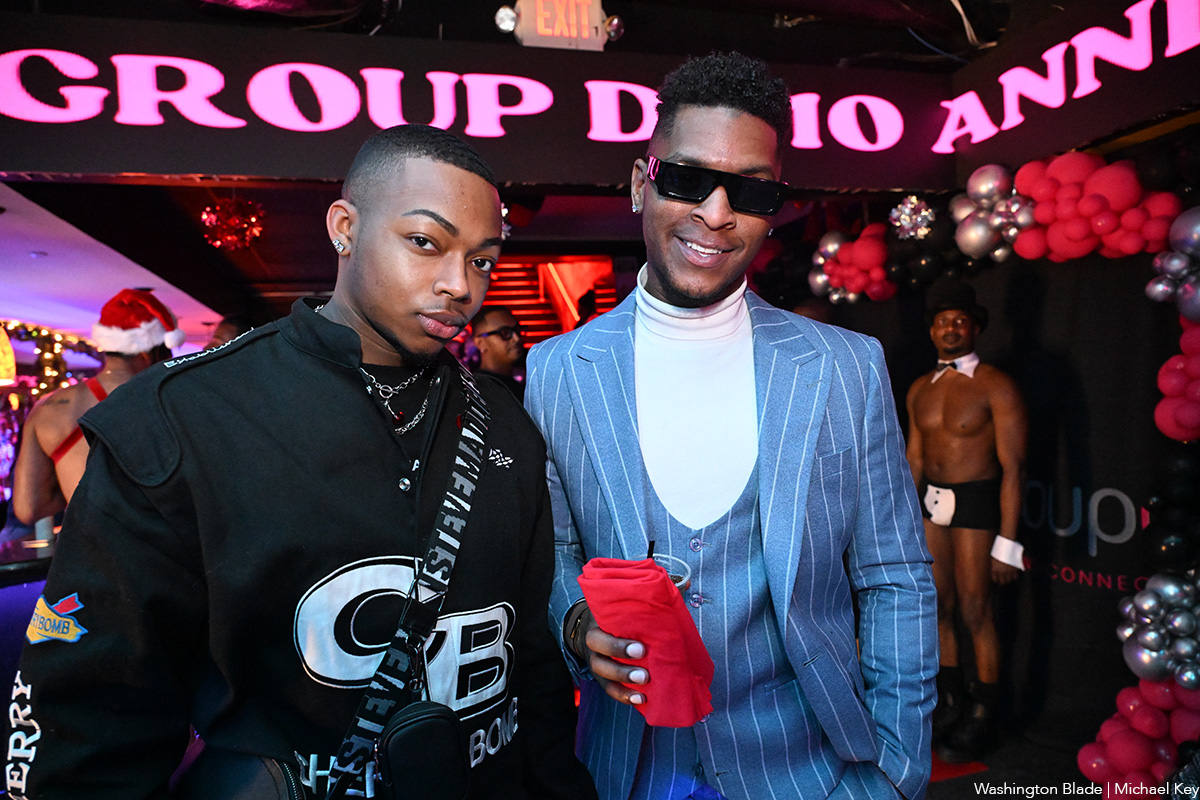
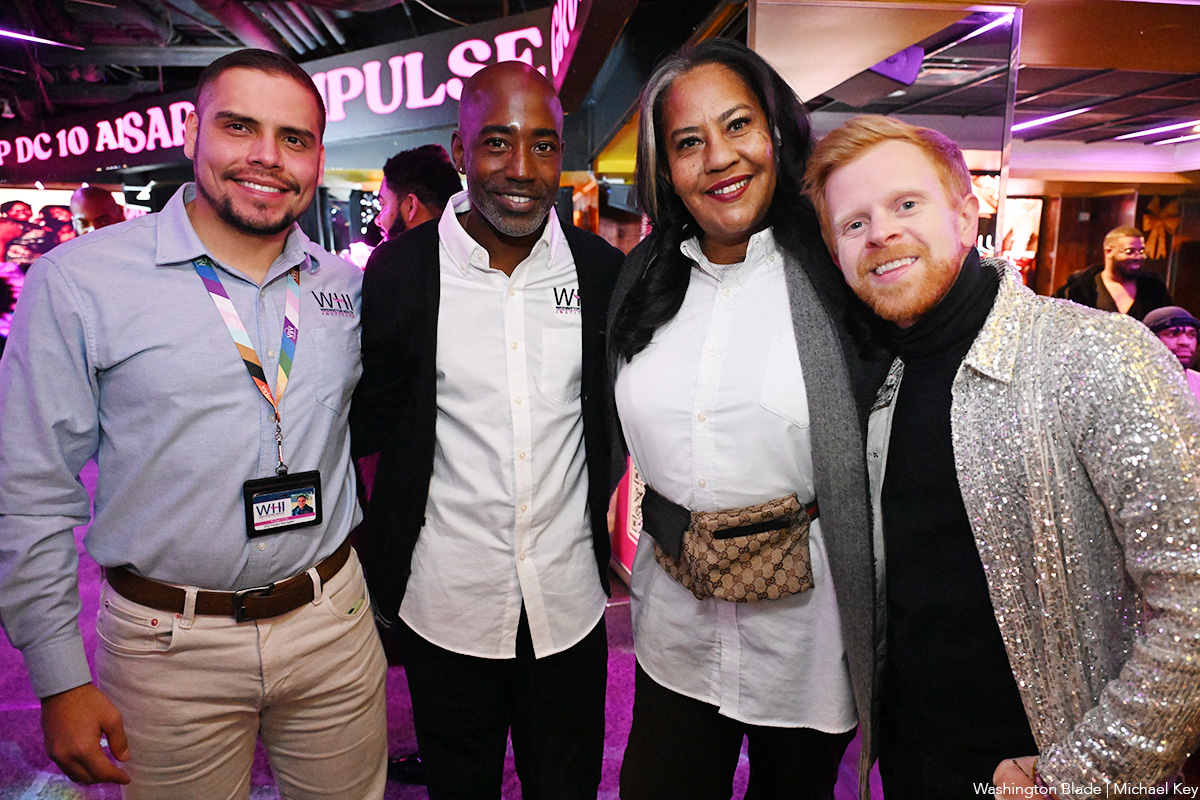

Rob Reiner, most known for directing untouchable classics like “The Princess Bride,” “Misery,” “When Harry Met Sally…,” and “Stand by Me,” died Dec. 14 alongside his wife, Michele Singer Reiner, in their Los Angeles residence. While investigations are actively underway, sources have told PEOPLE Magazine that the pair’s son, Nick Reiner, killed his parents and has been taken into custody.
Reiner was a master of every genre, from the romantic comedy to the psychological thriller to the coming-of-age buddy movie. But in addition to his renowned work that made him a household name, Reiner is also remembered as a true advocate for the LGBTQ community. In 2009, Reiner and his wife co-founded the American Foundation for Equal Rights, helping fight against California’s Prop 8 same-sex marriage ban. They were honored at the 2015 Human Rights Campaign Las Vegas Gala.
In a statement, HRC President Kelley Robinson said: “The entire HRC family is devastated by the loss of Rob and Michele Reiner. Rob is nothing short of a legend — his television shows and films are a part of our American history and will continue to bring joy to millions of people across the world. Yet for all his accomplishments in Hollywood, Rob and Michele will most be remembered for their gigantic hearts, and their fierce support for the causes they believed in — including LGBTQ+ equality. So many in our movement remember how Rob and Michele organized their peers, brought strategists and lawyers together, and helped power landmark Supreme Court decisions that made marriage equality the law of the land — and they remained committed to the cause until their final days. The world is a darker place this morning without Rob and Michele — may they rest in power.”
Reiner’s frequent collaborators have also spoken out as the industry is in mourning, including figures like Ron Howard and John Cusack.
A joint statement from Jamie Lee Curtis and Christopher Guest (who starred in Reiner’s “This is Spinal Tap”) reads: “Christopher and I are numb and sad and shocked about the violent, tragic deaths of our dear friends Rob and Michele Singer Reiner and our ONLY focus and care right now is for their children and immediate families and we will offer all support possible to help them. There will be plenty of time later to discuss the creative lives we shared and the great political and social impact they both had on the entertainment industry, early childhood development, the fight for gay marriage, and their global care for a world in crisis. We have lost great friends. Please give us time to grieve.”
While attending the 2019 HRC Los Angeles Dinner, Reiner spoke out about the need for equality: “We have to move past singling out transgender, LGBTQ, black, white, Jewish, Muslim, Latino. We have to get way past that and start accepting the idea that we’re all human beings. We’re all human beings, we all share the same planet, and we should all have the same rights, period. It’s no more complicated than that.”
-

 Politics2 days ago
Politics2 days agoLGBTQ Democrats say they’re ready to fight to win in 2026
-

 District of Columbia2 days ago
District of Columbia2 days agoBrian Footer suspends campaign for Ward 1 D.C. Council seat
-

 Chile5 days ago
Chile5 days agoFar-right José Antonio Kast elected Chile’s next president
-

 Opinions3 days ago
Opinions3 days agoLighting candles in a time of exhaustion




















